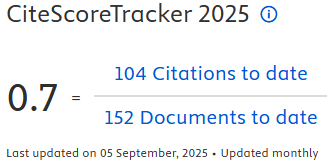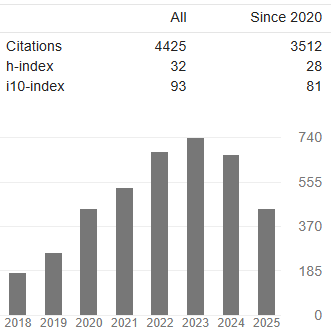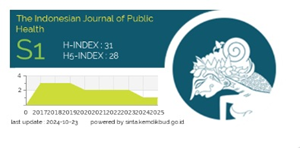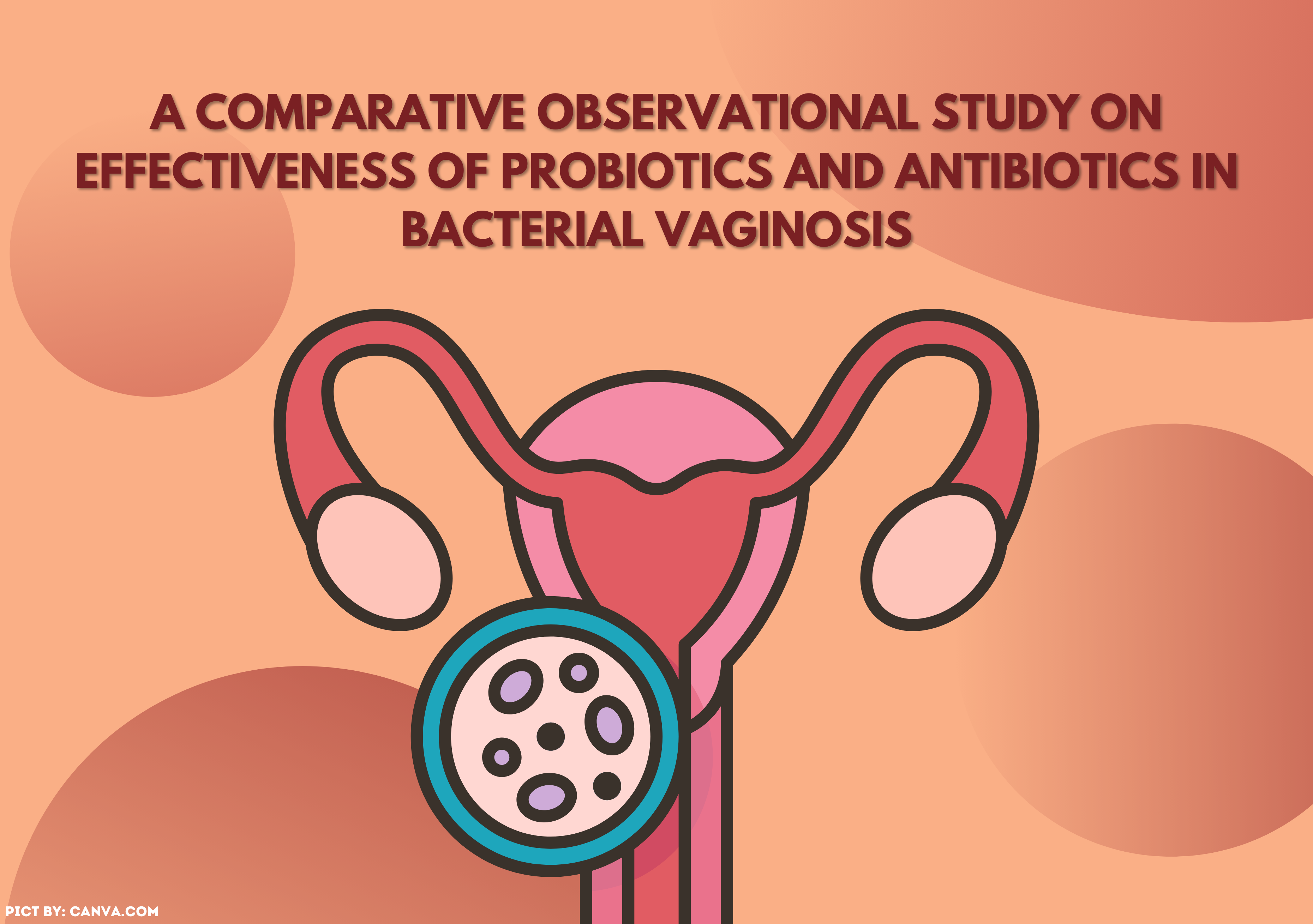HEALTH RISK ASSESSMENT IN UTILITY AREA IN PT PERTAMINA LUBRICANT PRODUCTION UNIT GRESIK
Downloads
Health Risk Assessment (HRA) is one part of risk assessment. In the utility area at PT Pertamina Lubricant Production Unit of Gresik use a machines that have impact on health noise and temperature hazards. The aim of this study was to identify health risk assessment in the utility area at PT Pertamina Lubricant Production Unit Gresik. This was an observational descriptive study with cross sectional design. This study uses total population of 9 people consist of 1 supervisors Health Safety Enviroment (HSE), 3 HSE officer, and 5 workers. Primary data obtained from interviews, observations, noise and temperature measurements. Secondary data were got in the documents from the company. The collected data were assessed as likelihood and severity to count the risk. Afterward risk control assessed and residual risk is calculated. The results of this study showed that there were 3 steps of work with 6 potential hazard noise and temperature. The risk assessment has levels of risk medium risk and low risk. Medium risk was found in the boiler monitoring and compressor.Low risk was found in the stage of preparing CNG gas and turning on the machines. Control effectiveness is 75%. Residual risk has a low risk and no risk.It can be concluded that the potential hazard in the utility area was noise. Most of the risk found in this area was categorized as low risk. Risk control was properly implemented. If the recommendation of control properly implemented there will be no residual risk. The suggestions given are monitoring the implementation of controls, fit to work, use of PPE, socialization of the use of PPE, giving reward and punishment to motivate workers to safe behavior at work
Keyword: health risk assessment, utility area, PT Pertamina Lubricant Production Unit GresikAlifia. (2016). Penilaian Resiko Kesehatan Akibat Faktor Fisik Dengan Health Risk Assessment (HRA) Di Margarine Plant PT SMART TBK. Universitas Airlangga.
AS/NZS 4360. Australian/New Zeland. (2004). Risk Manaement. Australian Standards / New Zeland Standards 4360:2004, 30. https://doi.org/10.1016/B978-075067555-0/50157-2
Australia, G. of W. (2010). Health Risk Assessment ( Scoping ) Guidelines. Western Australian Environmental Protection Authority, 1–23.
Bourne. (2015). Mine Workers, Heat Related Illnesses, and the Role of the Occupational Health Nurse. Kentucky Nurse, 63(3), 6–7.
ISO 31000. (2009). INTERNATIONAL STANDARD (Vol. 2009).
Kemenkes. (2014). Data Angka Kecelakaan Kerja 2011 - 2014.
Manoj. (2017). Study on Occupational Health and Diseases in Oil Industry. International Research Journal of Engineering and Technology (IRJET), 4(12), 954–958.
Ollie. (2016). Occupational Heat Stress in Australian Workplaces. NCBI. https://doi.org/10.1080/23328940.2016.1216256
OSHA. (2014). Occupational Safety and Health.
OSHA. (2016). Using the Heat Index. https://doi.org/doi: 10.1002/aqc.490
Prima Fithri, I. Q. A. (2015). Analisis Intensitas Kebisingan Lingkungan Kerja pada Area Utilities Unit PLTD dan Boiler di PT Pertamina RU II Dumai, 12(2), 278–285.
Puspita, R. (2017). Analisis Risiko Gangguan Kesehatan Di Bagian Feed Addictive PT. Japfa Comfeed Inodonesia Tbk Unit Gedangan. universitas Airlangga.
Ramli. (2010). Sistem Manajemen Keselamatan & Kesehatan Kerja OHSAS 18001. (H. Djajaningrat, Ed.). Dian Rakyat.
Siswanto. (2009). Risk Assessment. Surabaya: Balai Hiperkes dan keselamatan kerja.
Soeripto. (2008). Higiene Industri. Jakarta: Balai Penerbit FKUI.
Suma'mur. (2009). Higiene Perusahaan dan Kesehatan Kerja (HIPERKES) (1st ed.). Jakarta: CV Sagung Seto.
Tarwaka. (2012). Dasar-Dasar Keselamatan Kerja Serta Pencegahan Kecelakaan Di Tempat Kerja. Harapan Press.
Vusumuzi. (2015). Occupational noise-induced hearing loss prevalence and noise. Occupational Health Southern Africa, 21(5), 12–19.
- The authors agree to transfer the transfer copyright of the article to The Indonesian Journal of Public Health effective if and when the paper is accepted for publication.
- Authors and other parties are bound to the Creative Commons Attribution-NonCommercial-ShareAlike 4.0 International License for the published articles, legal formal aspect of journal publication accessibility refers to Creative Commons Attribution-NonCommercial-ShareAlike 4.0 International License (CC BY-NC-SA), implies that:
- Attribution ” You must give appropriate credit, provide a link to the license, and indicate if changes were made. You may do so in any reasonable manner, but not in any way that suggests the licensor endorses you or your use.
- NonCommercial ” You may not use the material for commercial purposes.
- ShareAlike ” If you remix, transform, or build upon the material, you must distribute your contributions under the same license as the original.































